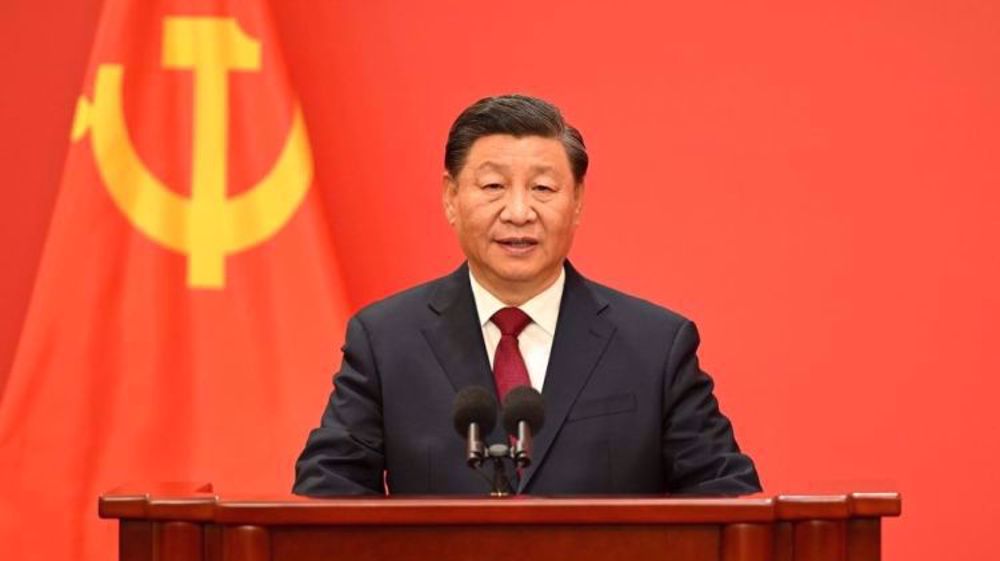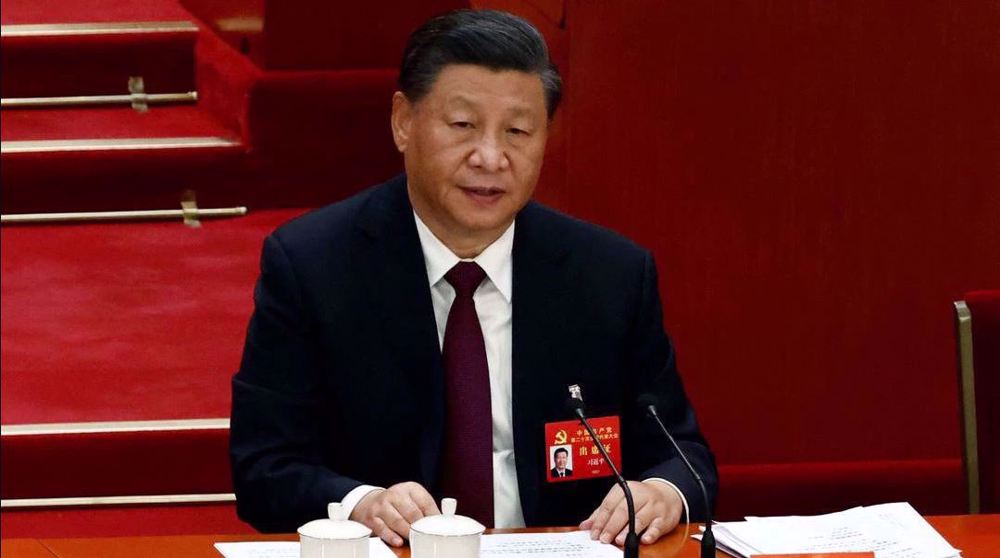China's population drops for 2nd year despite govt.'s schemes
China’s population has declined for a second straight year despite Beijing's schemes to increase the birth rate.
Chinese President Xi Jinping last year pointed out that national development and population growth were linked, highlighting the importance of devising policies to "actively cultivate a new culture of marriage and childbearing."
In 2024, China’s population has reached 1,425,178,782 which is more than 17 percent of the world population.
However, official statistics showed that China's population fell for a second consecutive year in 2023.
China's rate of reproduction dropped from 6.77 births per 1,000 people in 2022, down to 6.39 in 2023, while China's 2023 rate of 7.87 deaths per 1,000 people was higher than a rate of 7.37 deaths in 2022.
Media reported that the record low birth rate coupled with an increase in the death rate amid a wave of COVID-19 deaths.
The birth rate in China has been plummeting for decades due to Beijing's one-child policy which was implemented from 1980 to 2015 and its rapid urbanization during that period.
"As we have observed again and again from other low fertility countries, fertility decline is often very difficult to reverse," University of Michigan demographer Zhou Yun said.
“There are fewer people getting married and fewer couples want to have children,” said Yanzhong Huang, a senior fellow for global health at the Council on Foreign Relations (CFR) in New York.
China’s population decline could have profound long-term effects on the economy's growth potential, media reported.
The COVID-19 pandemic also likely affected the existing trend “because of (its) impact on the economy – the economic slowdown, the high unemployment rate among young people – all of that has discouraged people from getting married and having kids,” he said.
High childcare and education costs put many Chinese couples off having children, while uncertainty in the job market also discourages women from the childbirth process which might interrupt their careers.
The falling birth rate coincides with a shrinking workforce and a rapidly aging population: twin challenges for China’s government as it grapples with funding healthcare and pensions for elderly citizens while aiming to maintain growth in an economy manned by fewer people of working age.
Meanwhile, numerous measures have been announced by the government to encourage childbirth policy, including tax deductions, longer maternity leave, and housing subsidies. However, many of the policies have not been implemented due to insufficient funding and a lack of motivation by local governments, according to a Beijing policy institute.
The institute suggested devising a unified nationwide family subsidy scheme instead to boost reproduction effectively.
Last year, India surpassed China as the world's most populous nation. Today's world population is 8,085,337,768 with China and neighboring India together covering 35.4 percent of the total.
VIDEO | The Venezuela Operation
Cuba condemns 'hostile' US rhetoric, pledges to defend sovereignty
Key Mossad operative executed over transfer of sensitive Iran info
Israeli presence a ‘legitimate target’ as minister visits Somaliland: Yemen
VIDEO | Assassination of two key figures in fight against US-backed Daesh
VIDEO | Press TV's news headlines
VIDEO | Gaza hospitals without life-saving devices amid Israeli restrictions
VIDEO | Austrian FM says ‘EU too weak to uphold international law’












 This makes it easy to access the Press TV website
This makes it easy to access the Press TV website